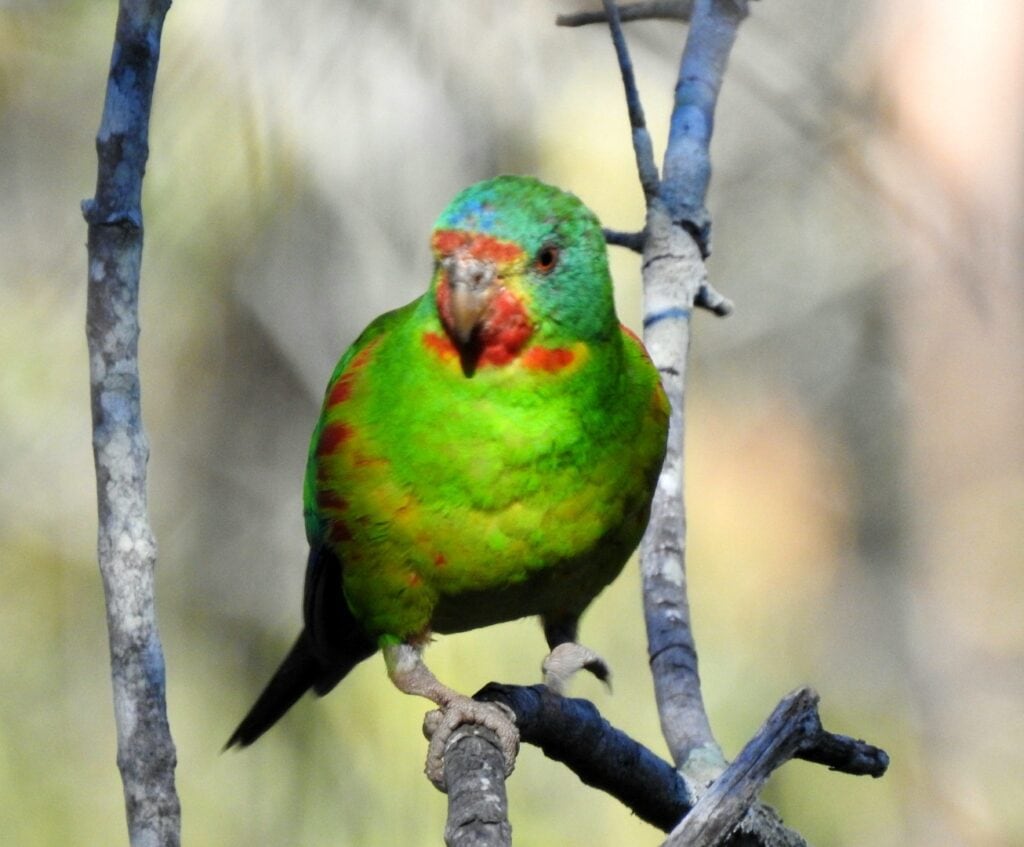From Emus to Cockatoos to the popular pet Budgerigar, Australia is home to a host of unique and beautiful birds. Some, like the Pied Butcherbird, commonly referred to as the “Australian Magpie,” resemble unrelated birds found in the Northern Hemisphere. Others, like the Laughing Kookaburra are distinctly Australian; a reflection of the small continent’s unique geographical history.
Related Article: Flock of California Condors Seen in Contra Costa County For the First Time in a Century
Roughly 100 million years ago, Australia separated from the prehistoric continent known as “Gondwana.” Because of this, the native flora and fauna of the continent evolved in relative isolation from the rest of the planet. Where the Americas and Eurasia may have once been joined by the Bering Strait land bridge, Australia’s animals have remained separate.
This means that the birds that currently call Australia home are largely unique and depend on Australia’s equally unique natural habitats to survive. When these habitats are lost or destroyed, it poses an enormous threat to this planet’s biodiversity.
This brings us to the Swift Parrot. The Swift Parrot is found mostly in eastern Australia and Tasmania. It is a brilliant green parrot that that favors woodland habitats, though it is also found in suburban backyards. Fascinatingly, Swift Parrots are one of just two parrot species that migrate. They live in Australia for most of the year but breed only in Tasmania.
In 2022, it was estimated that as few as 750 Swift Parrots remain in the wild. This is a sharp and troubling decline from just a decade previous when there was thought to be roughly 2,000 individuals in the wild.
This steep population drop has been attributed to the shrinking of Tasmanian woodlands where these parrots breed. Current estimates suggest that if logging is not stopped, the Swift Parrot population will have shrunk to less than 100 individuals by 2031. This 92.3% decline from 2020 predicts that the Swift Parrot may be entirely extinct in as little as a decade.
Current legislature demands that a significant portion of native Tasmanian timber be available for logging each year. Conservationists say that a change in this policy is needed if the Swift Parrot is to survive. Mature eucalypt trees are essential to the future of Swift Parrots thanks to these birds’ cavity nesting strategy.
Current estimates suggest that the protection of just 7% of these woodland habitats may be enough to slow the Swift Parrot’s decline. Regardless, if something is not done we may witness the extinction of these unique Australian parrots in the startlingly near future.
Popular Article: Light Pollution May Be Causing Songbirds’ Eyes to Shrink

